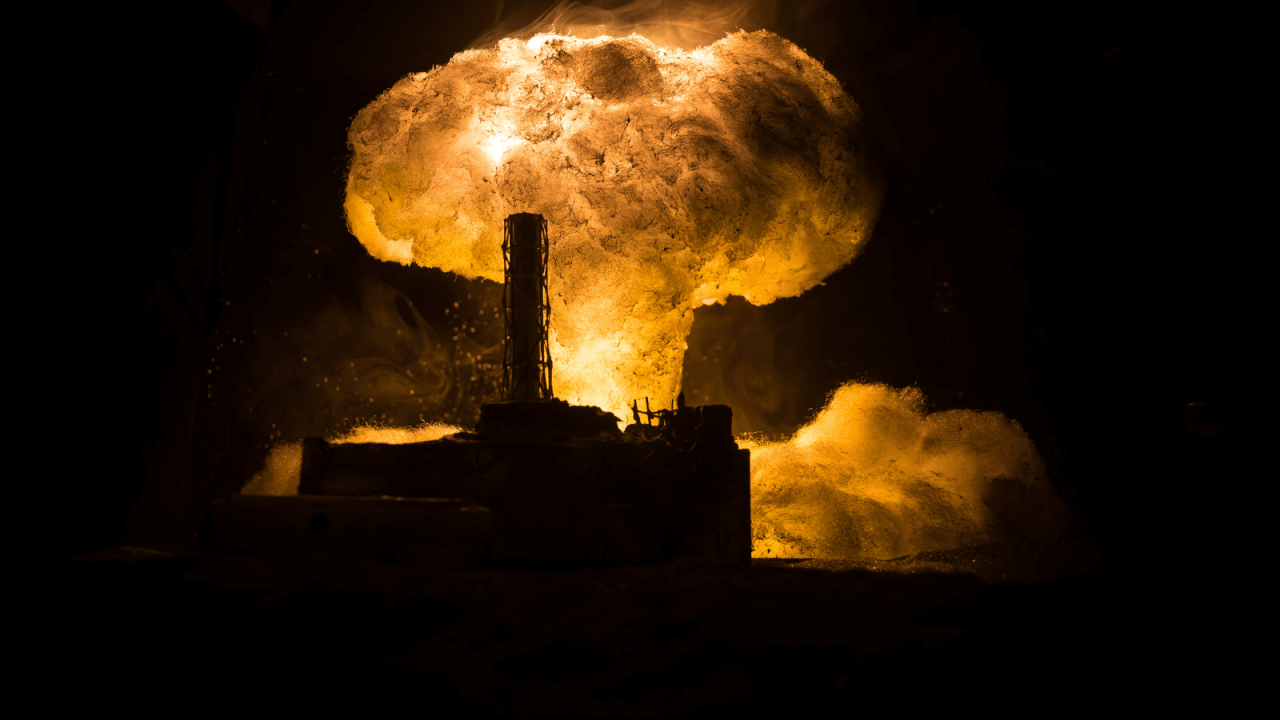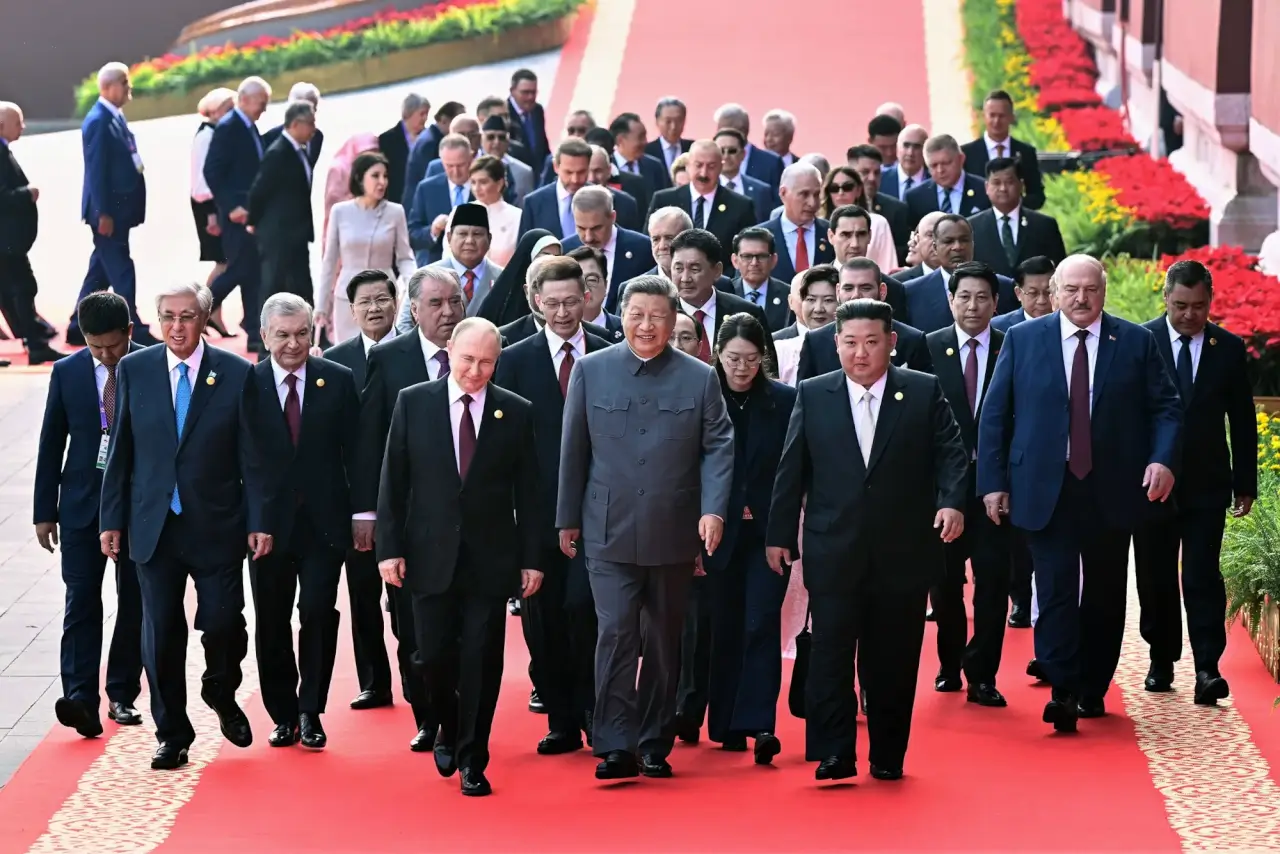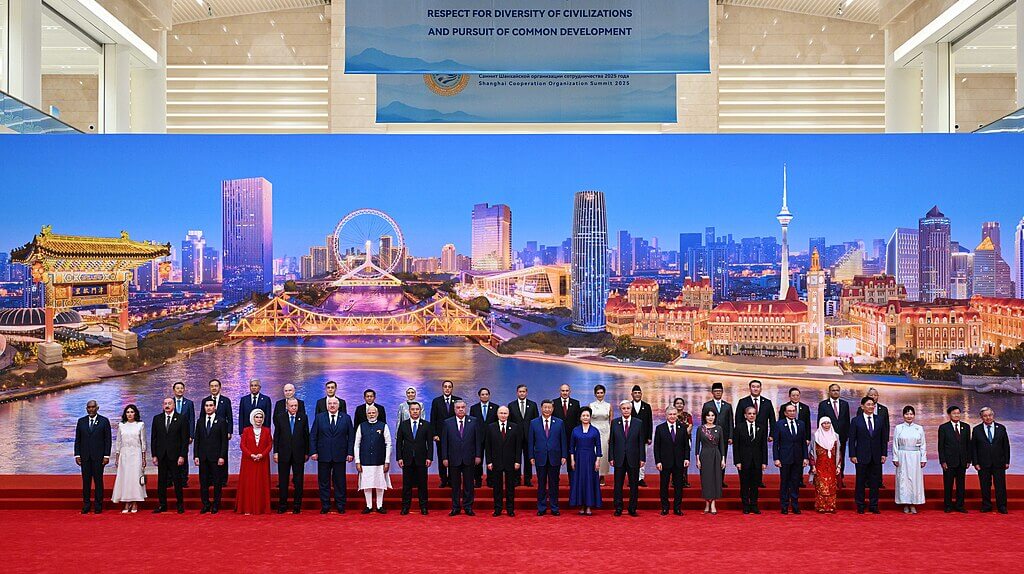The last week of October registered a sharp and multiple-means escalation of nuclear threats and counter-threats between Russia and the USA, which subsided during the first week of November, until President Vladimir Putin tried to add to the heavy resonance at the end of it. It was Putin who initiated the surge by promising an “overwhelming” response to a hypothetical Ukrainian strike by the US-supplied Tomahawk missile. The persistent plea of President Volodymyr Zelensky to give Ukraine access to this technically complex weapon system has always been far-fetched, but since President Donald Trump remains ambivalent about this proposition, Putin found it necessary to add some substance to his threat. The subsequent exchange of verbal and material messages marked a new high in nuclear posturing, which has served no useful political purpose, but accelerated the erosion of structures of arms control and weakened the credibility of mutual deterrence.
The context for Putin’s vague threat was provided by the exercises of Russian strategic forces, which happen every October and involve all three elements of the land-sea-air triad. If there was something unusual about this exercise, it was the launch of the old Sineva missile from the Bryansk submarine (Delta-IV class) instead of the new Bulava missile, so the newly-built Knyaz Pozharsky (Borei class) submarine joined the Northern Fleet without the necessary assertion of its combat readiness. The Russian exercise was as business-as-usual as was the NATO Steadfast Noon nuclear exercise hosted this October by the Netherlands – and routinely criticized by Russian commentators. What made both drills particularly noteworthy was the follow-up political use of nuclear instruments.
On Sunday, October 26, Putin donned a camouflage outfit for a visit to a command centre in Moscow where he received a report from the Chief of General Staff General Valery Gerasimov on outstanding (and entirely fake) victories of Russian troops on the Donbas battlefields – and on the successful test of the Burevestnik nuclear-propelled cruise missile. The project wasn’t exactly a big strategic surprise, as Putin had advertised it back in March 2018 in an address to the Federal Assembly, and the dubious military rationale for this Soviet-era technological design was thoroughly evaluated by US experts. Unlike in August 2019, when a prototype of this missile crashed in the White Sea near Severodvinsk, no radioactive trace of a new test has been discovered, so Putin’s message has no reliable confirmation. Trump therefore opted to shrug it off, reminding about the much greater strategic capabilities of US nuclear submarines and suggesting that Putin focus instead on ending the senseless Ukraine War.
That Russian commander-in-chief would take offence at that dismissive reaction to his calculated move was quite predictable, but his next escalatory step was unexpected. On October 30, he paid a rare visit to a military hospital and informed the wounded soldiers about the successful rest of the Poseidon nuclear-propelled underwater drone, known also as the Status-6 project. This extra-heavy torpedo was another item in the package of “wonder-weapons” announced by Putin during the first Trump administration, and its only strategic rationale is the capacity to inflict catastrophic damage to a port city across the ocean. If Putin hoped to make a stronger impression, his wish was answered beyond expectations as Trump announced his order to resume nuclear testing.
Russian experts have been at a loss to interpret the exact meaning of Trump’s message and suggested – departing from the mandatory respectful tone of commentary on this US president – that he was misinformed about the complex nuclear matters. Opinions of many Western experts are far less charitable and boil down to the conclusion on a profound strategic confusion. Admitting a blunder is unconceivable for Trump, so he has proceeded with vague statements along the lines of his initial post, while Secretary of War Pete Hegseth expressed eagerness to follow the instruction, even if the organization of nuclear testing is entirely the responsibility of US Department of Energy, which is far less enthusiastic about the idea.
It was entirely possible for Putin to appreciate the impact of his announcements of new weapon systems and to find satisfaction in the confusion of US authorities. He opted instead for a new escalatory step and gathered an emergency meeting of his Security Council, which, against the usual protocol, was made open for the media. The disarray in the Trump administration was discussed in much detail, and the consensus opinion (rigidly orchestrated) was on expediting the final preparations for testing nuclear munitions at the Novaya Zemlya test site, which has not exactly remained idle since the last Soviet nuclear test in 1990, because Burevestnik was tested there.
This sequence of escapades shows that nuclear deterrence is not only a “mind game”, in which experienced statesmen carefully calculate the risks of the next move, but also a vanity fair, where egocentric leaders seek to outdo one another in recklessness. What makes Putin’s posturing particularly alarming is his uncharacteristic self-restraint in resorting to nuclear blackmail for most of this year. He bragged for weeks about the hit on the industrial zone of Dnipro by the new intermediate-range Oreshnik missile on 21 November 2024, but then mostly abstained from nuclear threats. For that matter, the daring Ukrainian operation Spiderweb, in which a score of Russian long-range bombers were destroyed or damaged, wasn’t described as an attack on strategic capabilities (which it certainly was) that must be answered by a heavy punishment.
The main incentive for Putin’s moderation is quite apparent: he sought to cultivate personal relations with Trump and was aware of the nervousness of his maverick counterpart about the risks of World War III. The Anchorage summit marked the culmination of this virtual relationship, and Putin praised the “spirit of Alaska” long after it had evaporated. His hopes were pinned on the follow-up summit in Budapest, and Trump’s abrupt cancellation of this meeting as a “waste of time” was a painful political blow. What aggravated the offence was Trump’s trip to Asia and meeting with China’s President Xi Jinping, and the impression that the two world leaders would discuss the prospects of ending the Ukraine War without Russia being present as the key party, apparently, was intolerable for Putin.
Trump may – amidst the domestic headaches caused by the government shutdown – leave Putin’s latest escalatory signal unanswered, and the intensity of nuclear posturing may gradually subside. Neither Burevestnik nor Poseidon (if indeed tested) is ready for deployment in the coming months, and the plans for resuming nuclear testing can be shelved. The surge of brinksmanship has, nevertheless, inflicted lasting damage to global security, particularly by eroding the reliability of the Comprehensive Nuclear Test Ban Treaty (1996). The credibility of the nuclear non-proliferation regime is also weakened because the obligation of the majority of states not to develop and deploy nuclear weapons is underpinned by the commitment of the few states that own this ultimate weapon to reduce their arsenals and work toward their complete elimination. The only way to curtail these dangerous trends is through concerted international efforts aimed at bringing the Ukraine War to a stable end, because as long as Russia stays on the war course, nuclear weapons remain the most potent instrument of its aggressive policy.








